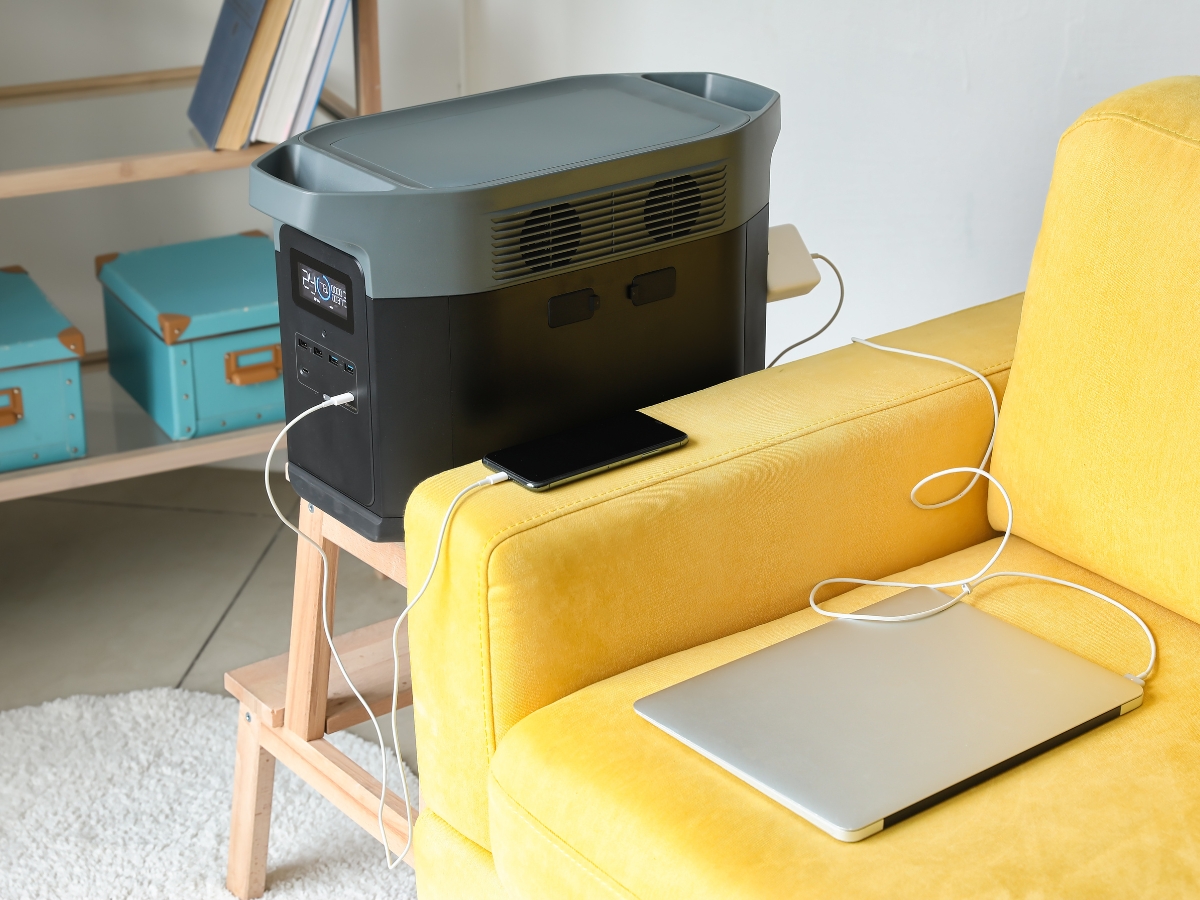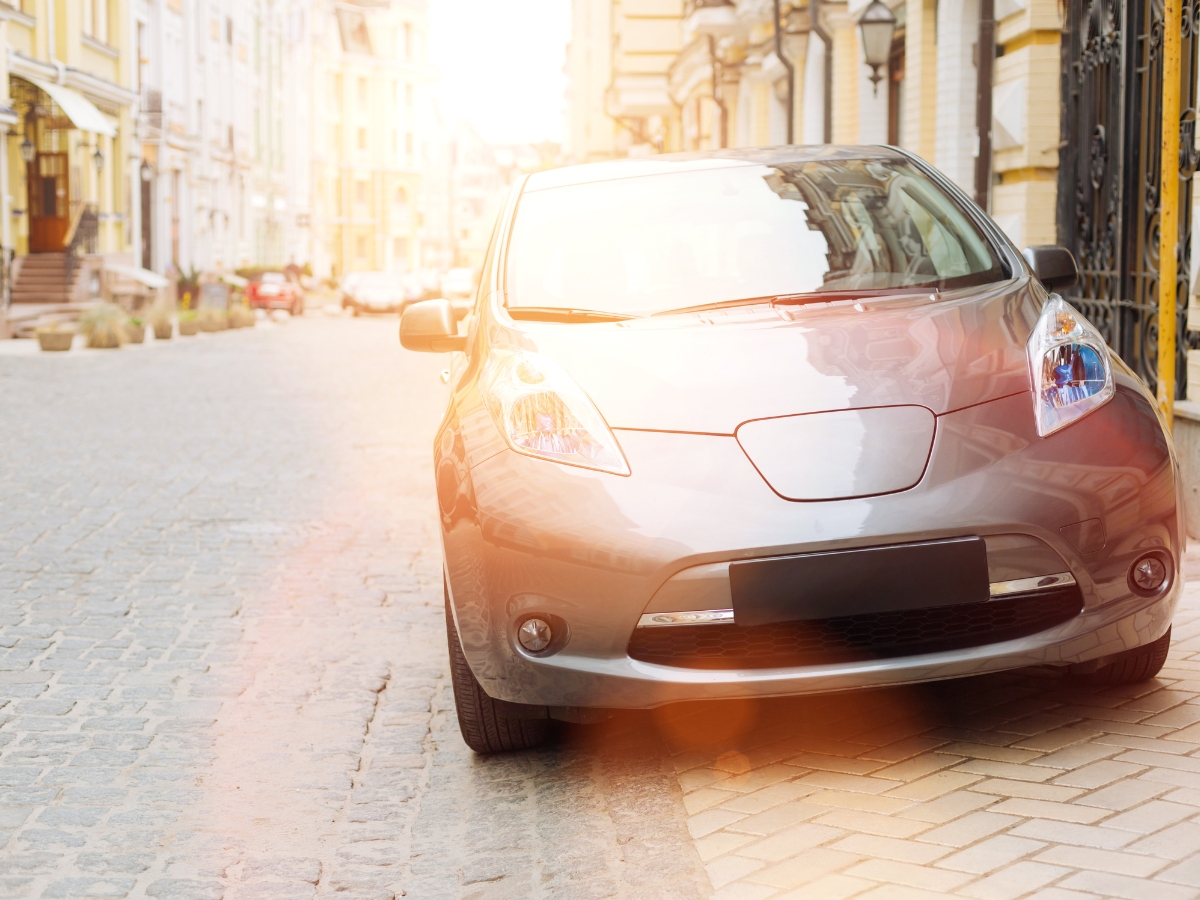Wind energy is a form of renewable power that uses wind turbines to generate electricity. Wind power is one of the most environmentally friendly and sustainable forms of energy available, and it is becoming increasingly popular in homes and businesses around the world.
Wind turbines are becoming an increasingly common sight. The electricity generated by wind grew by 53% between 2019 and 2020. But one question may come to mind: “is AC or DC power better for wind turbine generators?”
Here are some of the key points I will cover, plus more you’ll need to know:
- What is a wind turbine?
- What is AC power?
- What is DC power?
- What are the benefits of AC power for wind turbine generators?
- What are the benefits of DC power for wind turbine generators?
- Is AC or DC power better for wind turbine generators?
Now that you’re interested in learning more about how wind turbines work, keep reading! You’ll find out what they do and the exciting developments happening in this rapidly expanding area of energy technology.

Is AC or DC Power Better for Wind Turbine Generators?
AC generators are better for commercial applications. DC generators can charge batteries for smaller projects.
AC is useful for transmitting energy over long distances, but a DC generator needs to be close to the endpoint for energy transmission. This distance issue is problematic for wind farms located in the middle of nowhere.
An AC generator creates AC power. This power converts to DC power for storage in batteries. DC power is also converted back to AC power with an inverter. This output adjusts to the proper frequency and is sent directly to the electrical grid.
DC generators are more efficient at short distances, but they use brushes to extract electricity. These brushes are fragile and require frequent maintenance.
What Is a Wind Turbine?
A wind turbine is a structure that extracts energy from the wind. The wind’s kinetic energy converts into mechanical energy, converting into electricity through a generator carried inside the structure.
This process is known as wind power, and these structures can generate significant levels of power depending on their size. Wind turbines produce high power performance.
The blades are covered in a protective material to prevent damage from hail or falling objects during storms. Also, the generator is inside of an enclosure that has damping systems and lightning protection in place.
What Is AC Power?
AC power is a type of electrical power that uses alternating currents. The AC power cycle occurs when the voltage alternates between positive and negative polarity at a fixed frequency.
This type of power is used in most households and businesses because it is efficient and easy to transmit over long distances.
What Is DC Power?
DC power is a type of electrical power that uses direct current. Direct current has a constant polarity and does not cycle like an AC power supply.
If you have to connect multiple loads in series with each other, the voltage drops as the load becomes more demanding. Battery systems and vehicles use DC power.
The critical difference between AC and DC power is the current flow through the circuit. In AC power, the current flows back and forth between the two poles of the transformer.
The current flows in a single direction in DC power, from the negative pole to the positive pole.
What Are the Benefits of AC Power Generators for Wind Turbines?
AC power cycles between positive and negative polarity, which can be easily converted to DC power if needed. This property makes AC a versatile form of energy for various applications.
AC generators produce higher output, which means the output can be connected directly to the electrical grid. AC turbines also benefit from being able to send power over long distances without losing much energy.
Another benefit of AC wind turbines is that each device can start generating power when the wind reaches seven miles per hour, whereas DC turbines require around thirteen miles per hour.
However, AC wind turbines are not as efficient when the wind speeds get too high. Excessive current is produced, and the generator will dampen the movement.
While this problem can be overcome with more expensive technology, it is currently a drawback of AC wind turbine generators.
What Are the Benefits of DC Power Generators for Wind Turbines?
The main advantage of DC wind turbines is that they are highly efficient. They can convert up to ninety-eight percent of the energy in the wind into electrical power, compared to around forty-five percent for AC turbines.
This efficiency makes them more suitable for smaller applications or limited space. DC generators produce lower output that is suitable for charging batteries.
If you set up a DC generator in one location and wanted to send that electricity somewhere else via cables, however, this would lose too much energy during transmission.
This issue makes DC generators more suitable for small-scale applications or in limited space projects. These devices are also ideal for use in harsh weather conditions because they’re not as easily affected by high winds.
However, they need a higher wind speed before they start working, making them less suitable for long-distance power transmission. DC generators work well in DIY wind turbine projects.
Both AC and DC wind turbines have their advantages, so it’s really up to you which one you prefer. If you plan to set up your turbine somewhere with plenty of wind, but the weather is unpredictable, you should go for a DC model.
However, if you need to send power over long distances, AC is the better choice. Whichever turbine you choose, be sure to do your research and find the one that is best suited for your needs.
Sources
- Global Wind Report 2021
- https://gwec.net/global-wind-report-2021/
- What Are the Advantages of DC over AC?
- https://www.linquip.com/blog/advantages-of-dc-over-ac/
- Types of Wind Turbine Generators and Their Functions
- https://www.solarfeeds.com/mag/types-of-wind-turbine-generators-and-their-functions/
- https://www.intechopen.com/chapters/38933



